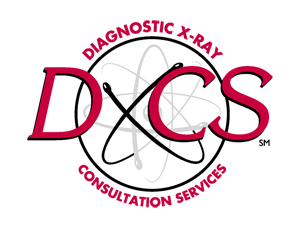Traumatic myositis ossificans circumscripta represents a localized, ossified response to an acute or chronic avulsion injury. In many instances of spontaneous occurrence, trivial injury may pass unrecognized. The ectopic bone may lie parallel to the shaft of the patient bone, or along the muscle axis within the fascial plane(1). Avulsion fracture, especially of apophyseal centers, often permits these fragments to grow and mature as separate bones. These separate bones persist into adulthood and are readily identified on x-ray.

Traumatic Myositis Ossificans Circumscripta: The Rider’s Bone
Case
Occupational predisposition to injury leads to numerous eponyms: The Rider’s bone lies within the plane line of the adductor longus muscle. Fencer’s bone has been described within the brachialis, as has Dancer’s bone within the soleus. Ectopic bone development within the quadriceps femoris is frequent among football and soccer players.
Lesion Types
There have been 3 distinct lesion types described, all relating to their immediacy to adjacent bone:
Type I. A circumscribed lesion clearly within the fascial plane with no continuity to bone.
Type II. A periosteal lesion that produces a layer or sunburst periosteal reaction of calcified
hematomas. Sometimes referred to as “ossifying subperiosteal hematoma.”
Type III. The lesion is immediate to bone, frequently a pressure defect is observed, and
described as “parosteal myositis ossificans”.
References
1. Aneiros-Fernandez, J., Caba-Molina, M., Arias-Santiago, S. et al. Myositis Ossificans Circumscripta Without History of Trauma. J Clin Med Res. 2010 Jun; 2(3): 142-144.
<<<Figure 1. Type 1 Rider’s Bone in a 25 y/o male with no regional symptoms. This is an incidental finding.>>>
